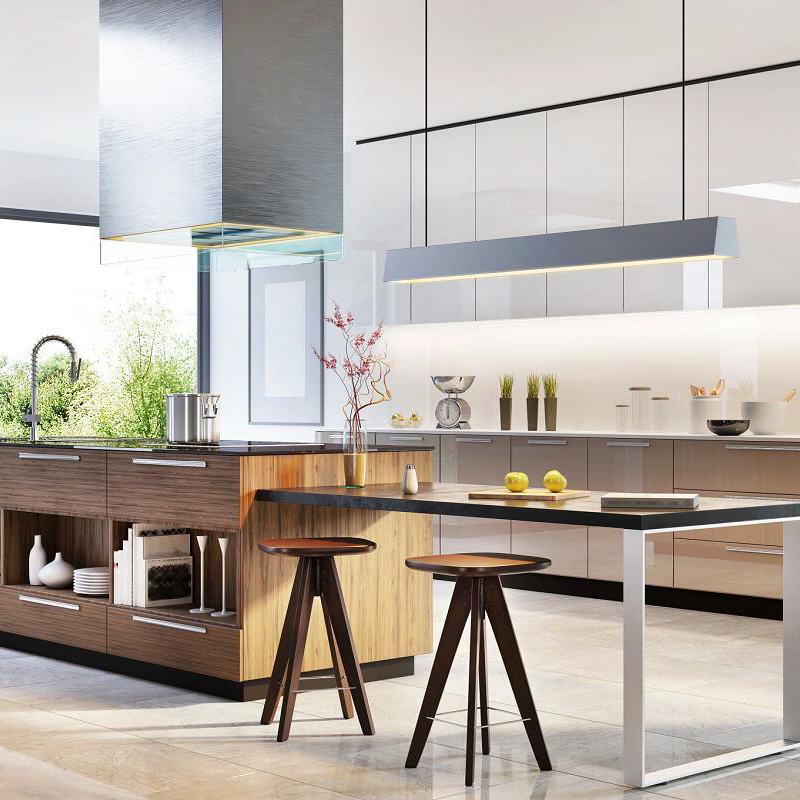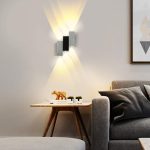
Lighting is an essential part of every interior design. It can create ambience, set the mood, and enhance the aesthetic of a room. A well-chosen lamp can add character and personality to a space. One such lamp that has stood the test of time in terms of elegance is the tulip glass lamp. In this article, we will explore the history and design of the tulip glass lamp, its benefits and limitations, and how to incorporate it into different interior styles.
History and Design
The tulip glass lamp originated in the early 20th century. The Art Nouveau movement was gaining popularity, and designers were exploring new forms and materials. The tulip glass lamp was a product of this movement, characterized by its organic shapes, curvilinear lines, and natural motifs.
The lamp consists of a glass shade with a flared shape that resembles a tulip flower. The shade may be opaque or semi-transparent, depending on the desired level of light diffusion. The base of the lamp is typically made of metal, with a curved stem that supports the shade.
Many variants of the tulip glass lamp exist, ranging from simple and minimalistic to ornate and intricate. Some feature hand-painted designs or decorative patterns, while others have textured or frosted glass. The most popular color schemes for tulip glass lamps are shades of white, cream, and pastels.
Benefits and Limitations
The tulip glass lamp has several benefits that make it a popular choice among interior designers and homeowners. Firstly, it provides soft and diffused lighting, which is ideal for creating a cozy and relaxing atmosphere in living spaces. It also adds a touch of elegance and sophistication to any room, thanks to its unique design and delicate hues. Additionally, tulip glass lamps are versatile and work well in various interior styles, such as Art Nouveau, Art Deco, and Mid-Century Modern.
However, the tulip glass lamp also has some limitations that should be taken into consideration. For instance, the glass shade is fragile and requires careful handling to avoid damage. The lamp is also not suitable for task lighting or reading, as it provides a low level of illumination. Lastly, some tulip glass lamps may be expensive, depending on the materials used and the level of craftsmanship.
Incorporating the Tulip Glass Lamp into Different Interior Styles
The tulip glass lamp can add a touch of elegance to any interior style. Below are some ideas on how to incorporate this lamp into various design themes:
Art Nouveau
The tulip glass lamp is a quintessential piece of Art Nouveau design. Pair it with a sinuous metal console table, a floral printed rug, and a Louis Comfort Tiffany stained glass window for the ultimate Art Nouveau living room.
Art Deco
Art Deco is all about luxury and glamour. Choose a tulip glass lamp with a geometric design, such as one with stepped glass shades, and pair it with a chrome and glass cocktail table, a plush velvet sofa, and a mirrored bar cart for a true Art Deco ambience.
Mid-Century Modern
Mid-Century Modern design emphasizes simplicity and functionality. Choose a tulip glass lamp with a simple, sculptural shape, and pair it with a sleek wooden credenza, a minimalistic leather sofa, and a vintage Eames lounge chair for an understated Mid-Century Modern feel.
The tulip glass lamp is a timeless piece of design that adds beauty, elegance, and warmth to any interior space. Its delicate shape and intricate glasswork evoke the Art Nouveau movement, while its diffused lighting and versatility make it a popular choice for modern and minimalist designs too. If you want to add a touch of sophistication to your home, consider investing in a tulip glass lamp – it is a true classic that will never go out of style.







